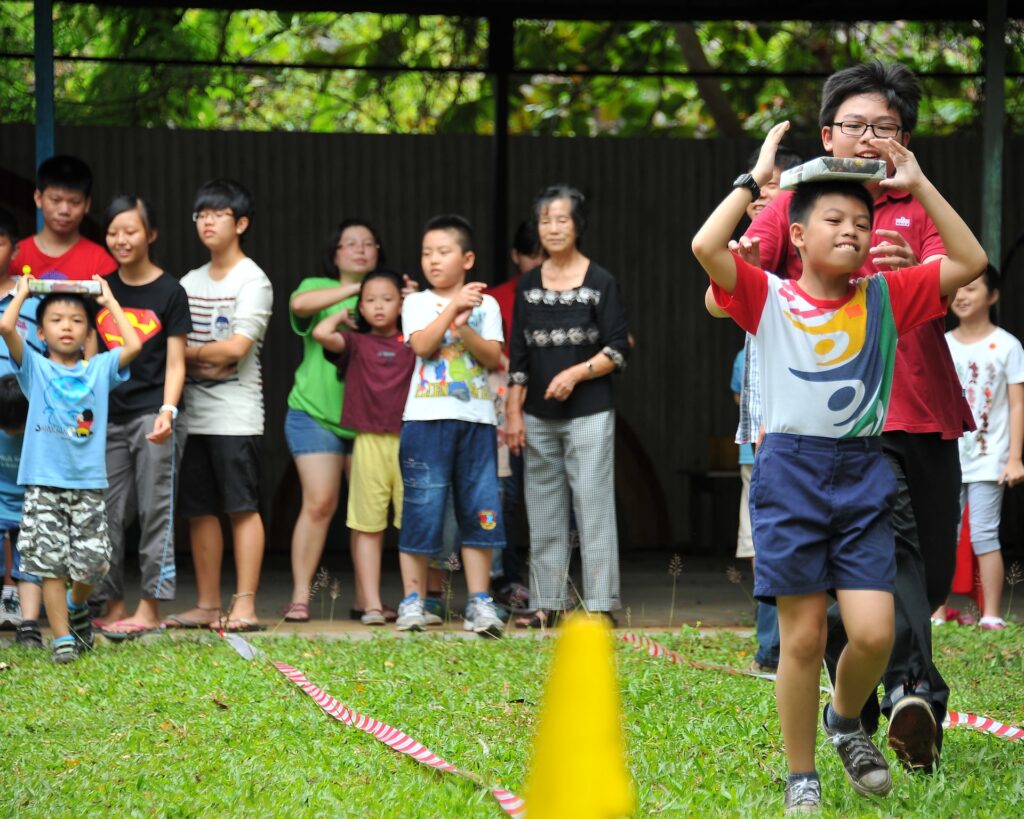Are there any foreign friends around you who want to learn mandarin? You know, learning Chinese is a very complicated thing, especially for English speakers.
However, it is possible to successfully master Chinese as long as you are determined and practice every day. If your friend asks you for advice on learning Chinese, you can let him practice Chinese through textbooks, or you can continue to practice with Chinese-speaking friends or through a large number of Chinese schools that exist online.
To get a basic idea of the most important things in the process of learning Chinese, How to learn mandarin fast? continue reading this guide~
Practice using the four tones of Chinese. Chinese is a tonal language, which means that words have different meanings with different tones, even though they are pronounced and spelled the same. Learning these different tones is certainly essential if you want to speak Chinese correctly. Chinese has the following four tones:
“Sound” is a flat tone. When pronouncing this key, your voice is flat, and it sounds like it neither rises nor falls. Let’s take ma as an example, we can indicate a sound by using the symbol above the letter: mā
“Second tone” is a rising tone. In this key, your voice rises from low to mid-range, like you would say “Huh?” or “Huh?” when asking someone to repeat what they said. The second tone is represented by the symbol má.
“Three tones” is a turning tone. When pronouncing this tone, the pitch drops and then rises rapidly, just like you would pronounce the letter B. When two three-tone syllables appear next to each other, the first tone is still three-tone, and the next one is pronounced four-tone. Three tones are represented by the symbol mǎ.

Four tones” is the going sound. When pronouncing this tone, the tone drops from high to low quickly. It’s like you are giving an order, such as “Disband! ’ Or, like when you discover something new and interesting while reading a book: “Ha! “The four tones are represented by the symbol mà.
These are fairly simple, right?
If you don’t feel that way, don’t worry. We strongly recommend that you listen to the tones of native Chinese speakers, because it is difficult to imagine what the tones sound like just by reading textbooks.
Memorize simple vocabulary. No matter what language you study, the more vocabulary you have, the more fluent you will be. Therefore, the next thing to do is to memorize some useful words.
Some good vocabulary lists to start with include the following: time of day (morning: zǎoshàng, afternoon: xiàwǔ, evening: wǎnshàng) body parts (head: tóu, feet: jiǎo, hands: shǒu) food (beef niúròu, chicken : jī, eggs: jīdàn, noodles: miàntiáo) as well as colors, days of the week, months, means of transportation, weather, etc.
When you hear an English word, think about how the word is said in Chinese.
If you don’t know how to say it, write it down and look it up in a dictionary later. For this purpose, you can carry a small notebook with you, which is very convenient.
Put Chinese labels (Chinese characters, pinyin and pronunciation) on objects in your room, such as mirrors, coffee tables, and sugar bowls. You’ll see these words so often that you’ll pick them up before you know it.
While a large vocabulary is good, keep in mind that accuracy is more important when it comes to Chinese.
If you can’t pronounce a word correctly, how to learn mandarin fast, it’s useless to learn it, because different pronunciations can mean completely different things.
For example, a mispronunciation (pronouncing “má” as “mā”) makes the same difference as saying “I want cake” and “I want a coke”—two very different meanings.
Learn how to count. Chinese does not have an alphabet, which makes it difficult for Westerners to learn it. Fortunately, the Chinese number system is fairly straightforward and fairly logical, and once you learn the first ten numbers, you’ll be able to count to 99.
Below, you’ll see the numbers one through ten in Simplified Chinese, followed by Pinyin and the correct pronunciation. When practicing pronunciation, you want to make sure you use the correct intonation.
Once you have mastered the numbers one through ten, you can move on to two-digit numbers by saying the tens digit, then the shi sound, and then the ones digit. for example:
The number 48 is written as sì shí bā, which literally means “four times ten plus eight”. The number 30 is written thirty, which literally means “three times ten”.
The number 19 is written as 一九, which literally means “one multiplied by ten plus nine” (however, for most Chinese, the initial yī in the numbers 10-20 is omitted because it is redundant .)
The word hundred is written (百) or baǐ in Chinese, so 100 is written yī baǐ, 200 is written èr baǐ, 300 is written sān baǐ, and so on.
Learn some basic conversational phrases. Once you have a basic grasp of vocabulary and pronunciation, you can move on to basic conversational phrases that can be used in everyday Chinese conversation.
Hello = nǐhǎo,读作 [nee how]
What’s your name? = nín guì xìng, 读作 [neen gway shing]
Yes = shì, 读作 [sher]
No = bú shì, 读作 [boo sher]
Thank you = xiè xiè,读作 [sheh sheh]
You’re welcome = bú yòng xiè, 读作 [boo yong sheh]
Excuse me = duì bu qǐ,读作 [dway boo chee]
I don’t understand = wǒ tīng bù dǒng, 读作 [wore ting boo dong]
Goodbye = zài jiàn, 读作 [zi gee’en]
Learn basic grammar. People often think that Chinese has no grammar, which is wrong. Chinese grammars do exist, but they are very different from grammars in European or other language systems.
Unlike these languages, Chinese is a very analytical language, which is both good news and bad news for language learners.
For example, there are no complicated rules in Chinese in terms of collocation, consistency, gender, plural changes or tenses. Most words consist of only one syllable, which is then combined to form compound words. This makes the sentence structure fairly simple and straightforward.
However, Chinese also has its unique grammatical rules, which are not found in English or other European languages. For example, Chinese uses grammatical rules such as classification, topic prominence, and preference, which are not found in English. Therefore, it is quite difficult for beginners to master these rules.

However, these differences aside, Chinese does use the same word order as English, such as subject-verb-object, so word-for-word translation becomes a lot easier.
For example, “he likes cats” in English is directly translated as “tā (he) xǐhuān (likes) māo (cats).
Learn how to use pinyin. Pinyin is a system for writing Chinese using the Latin alphabet. Hanyu Pinyin is the most common form of Latinization and is used in many textbooks and instructional materials.
Pinyin enables learners of Chinese to concentrate on their pronunciation, while at the same time enabling them to read and write without having to learn complex characters.
Although Pinyin uses the Latin alphabet, the pronunciation of the alphabet is often not intuitive for English speakers, which is why it is necessary to study Pinyin carefully.
For example, the pinyin letter “c” is pronounced like the “ts” sound in the word “bits”, the pinyin letter “e” is pronounced like the “er” sound in the word “hers”, and the pinyin letter “q” Pronounced like the “ch” sound in the word “cheap”.
Because of these differences, you need to learn the correct pronunciation of Pinyin before using it, which is a basic requirement.
Although the process of learning pinyin pronunciation seems painful, it is extremely useful for you to learn mandarin, how to learn mandarin fast and it is much easier to learn pinyin pronunciation than to memorize traditional Chinese.
Regardless of your child’s learning needs, we have tailor-made solutions Learn more~








